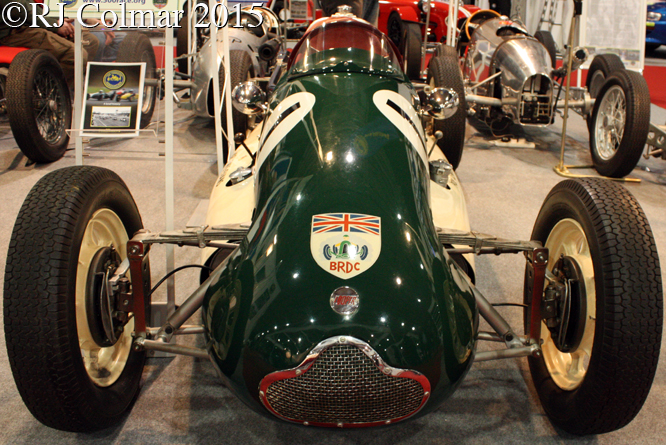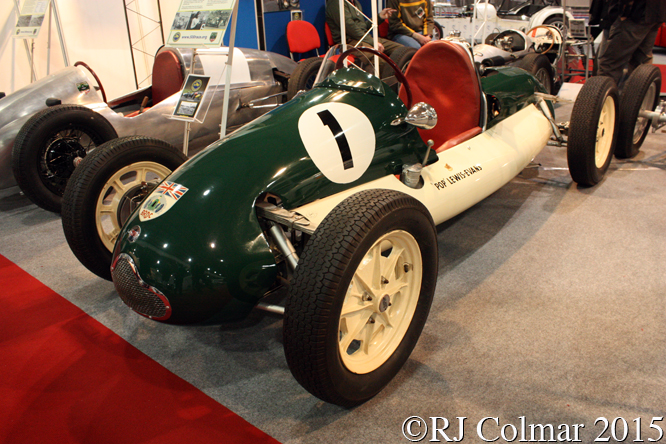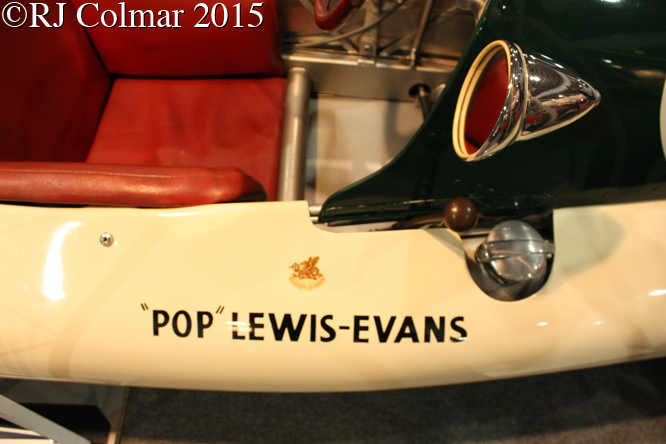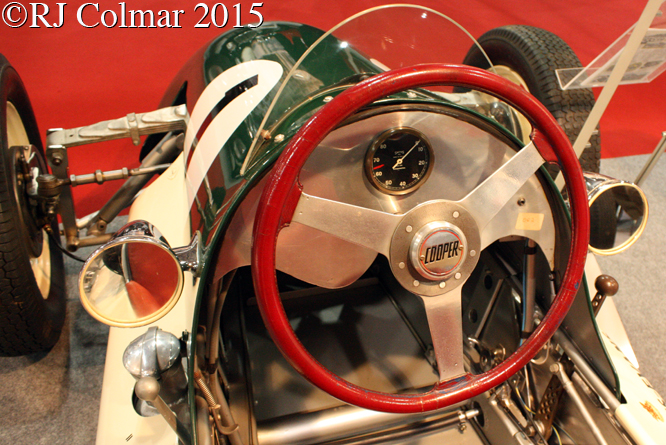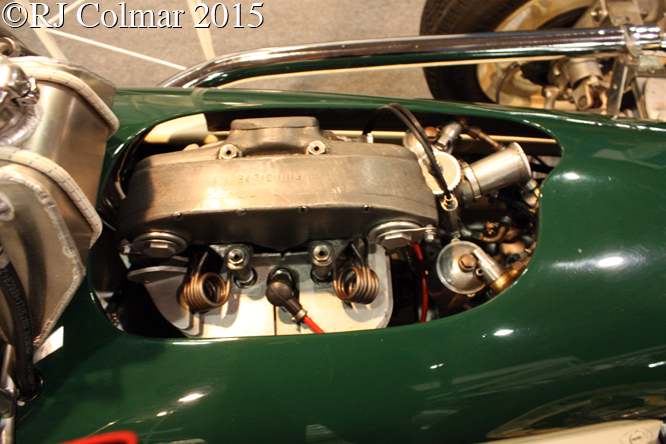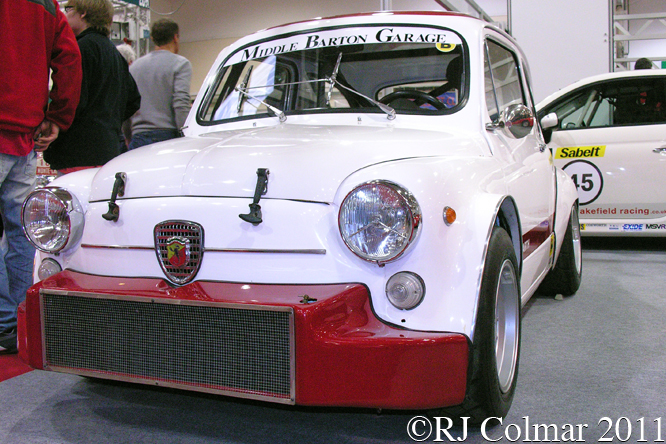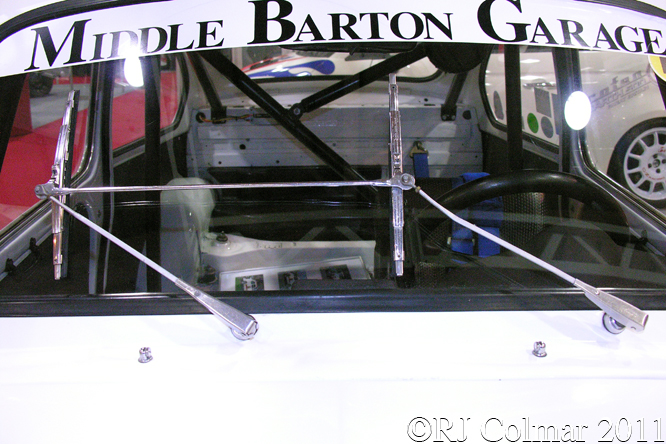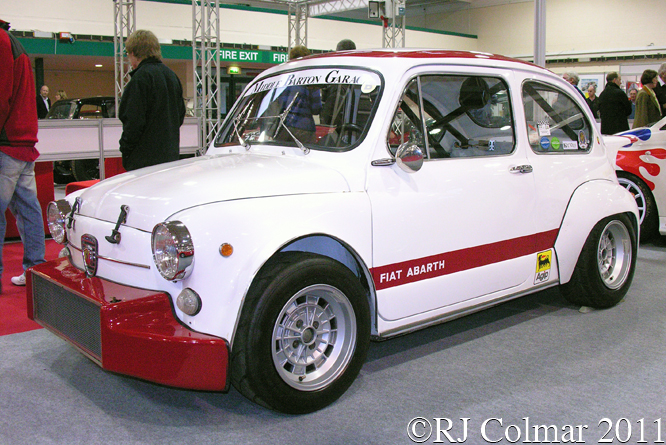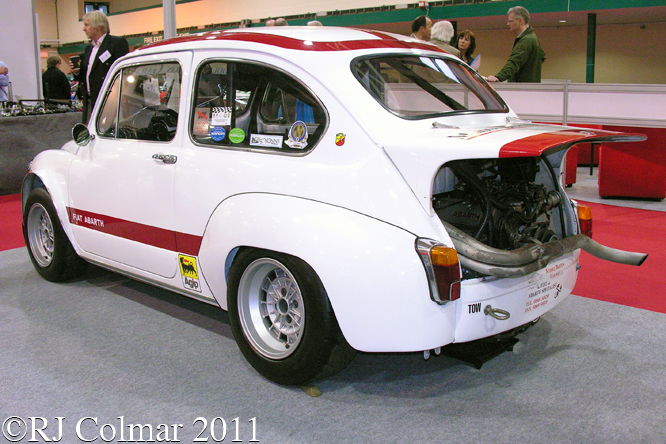The Coventry Climax V8 powered Lotus 33 was developed from the 1963 Championship winning Lotus 25 for the 1964 Formula One season to take advantage of the latest 13 inch diameter broad tread tyres which had been developed by Dunlop.

Designer Len Terry described the 33 as “stronger, stiffer, lighter, simpler” than the 25 and noted it was “a lot quicker too”.

After problems with hydrogen embritteld chrome plated suspension had been over come Jim Clark used the Lotus 33 to score a season high 5th in his 4 1964 Lotus 33 starts, after winning 3 1964 Championship races in the older Lotus 25, similarly Walt Hangsen finished 5th in the 1964 US Grand Prix at the wheel of a 33.
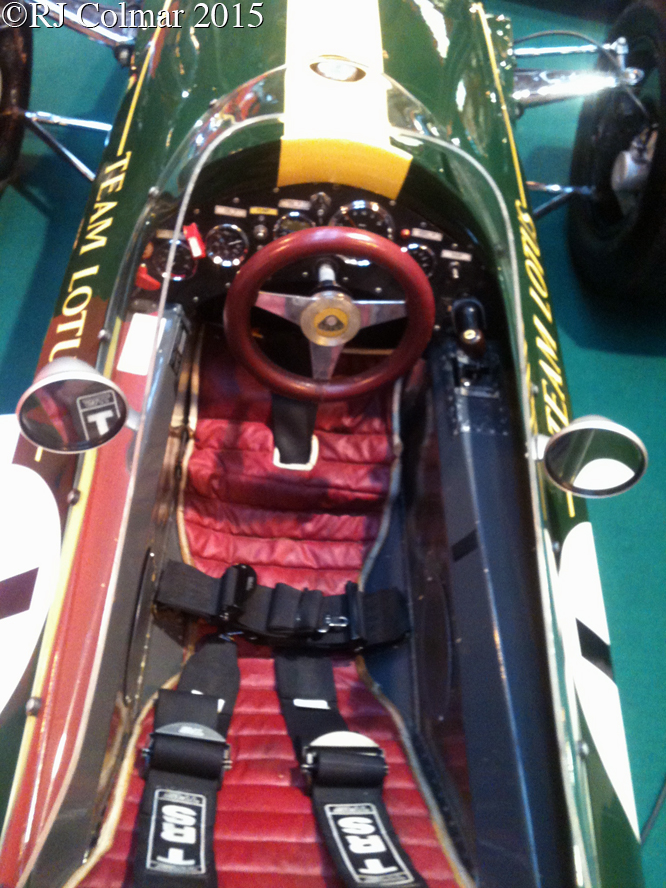
By 1965 Lotus had got it’s act together again and after Jackie Stewart gave today’s featured chassis R10 it debut in the non championship 1964 Rand Grand Prix, where he retired from heat one for which he qualified on pole and finished 1st in heat two after recording fastest lap, team leader Jim Clark took over the car for the 1965 championship opening South African Grand Prix for which he qualified on pole, set fastest lap during the race and won.
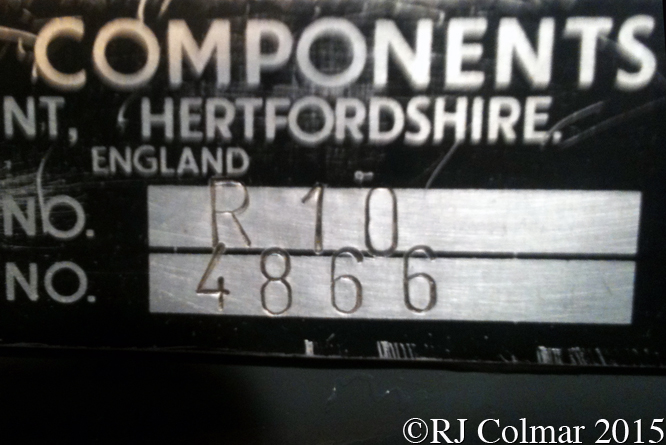
Jim repeated the feat of pole, fastest lap and winning driving R10, seen in these photographs at the Autosport International earlier this year, in the 1st heat of the non champinship Race of Champions at Brands Hatch but understeered, push, off at Bottom Bend while being chased down by Dan Gurney in heat two bringing R10’s in period racing career to a premature end.
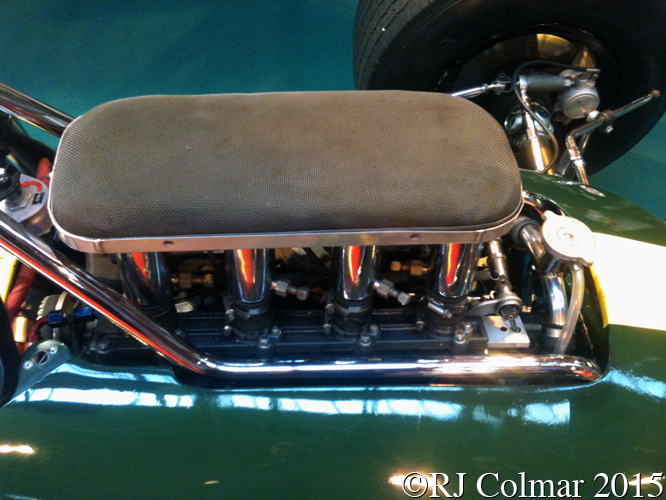
Jim Clark missed the 1965 Monaco Grand Prix opting instead to start and win the 1965 Indianapolis 500 with the Len Terry designed Ford Fairlane powered Lotus 38.
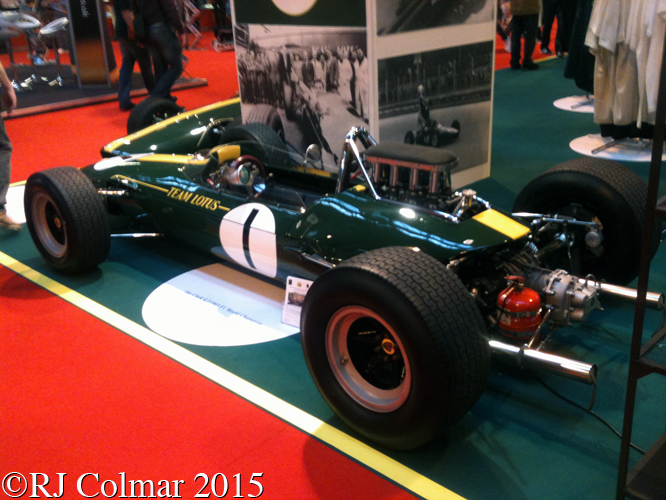
On returning to the 1965 Formula One championship trail Jim drove Lotus 33’s to five consecutive victories in Belgium, France, Britain, The Netherlands and Germany which was enough to secure the 1965 World Drivers Championship despite the fact that he posted retirements in the final 3 races of the season !
Jim Clark remains the only man to have won the Indianapolis 500 and the World Drivers Championship in the same season, of the other Indy 500 winners only Graham Hill, Mario Andretti, Emerson Fittipaldi and Jacques Villeneuve have also won World Drivers titles.
Thanks for joining me on this “The Ultimate 25” edition of “Gettin’ a li’l psycho on tyres” I hope you will join me again tomorrow when I’ll be taking a break from Maserati Monday’s to bring you an unusual Hot Champ. Don’t forget to come back now !


